Paspalum Control in Your Lawn & Garden
Paspalum dilatatum
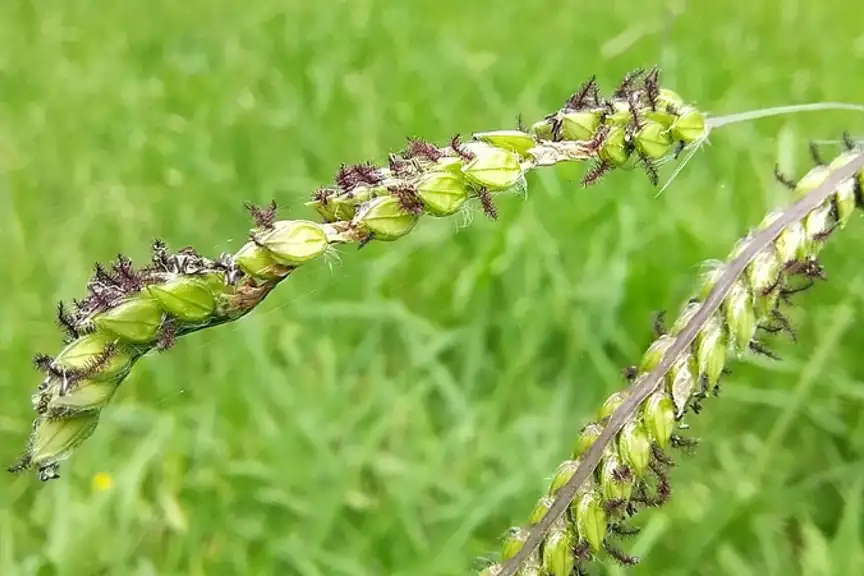
Paspalum dilatatum

Leaves are long, green, hairy, flat with a deep line (midrib) running along the leaf blade.
If left to grow naturally, Paspalum can grow up to 1.5 m tall, but in a lawn situation where it is constantly mowed it grows low to the ground.
Roots are thick and fibrous making mature weeds difficult to remove by hand.
The flower/seed head is long and somewhat rectangular and grows along long stems with 2-11 flower/seed heads per stem. Flower heads are covered in short black furry threads which are the individual flowers.
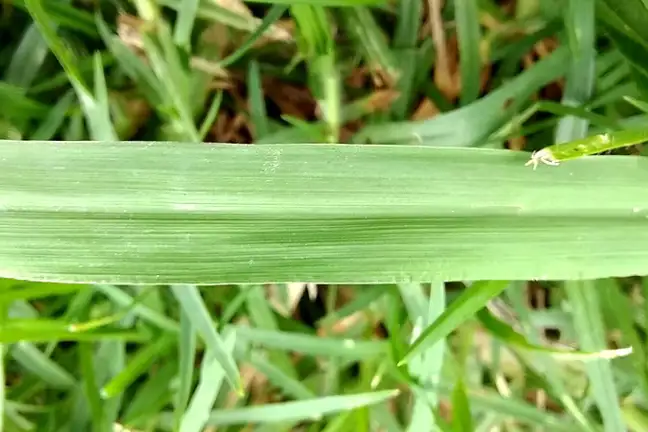
Paspalum flowers and seeds in spring and summer.
The main reason for the spread of Paspalum is due to it's seed. Seed can be brought in by the wind, or carried in by foot traffic (humans or animals). It's important to control Paspalum in the lawn and garden before it sets seed and spreads.
In cool areas, Paspalum can become dormant in winter. Even though the top of the plant has died off, the roots are still alive and will regrow again with the return of warm weather in spring.
Paspalum is considered an environmental weed for various reasons:
Paspalum is an introduced species that spreads easily by seed.
Some people are allergic to the pollen.
Animals can sometimes be poisoned by flowers infected with a fungal disease (ergot fungus).
To kill large plants or dense areas of Paspalum weed in a lawn, they can be very carefully spot-sprayed with Yates Zero Weed Killer 490 g/L Super Concentrate. For a glyphosate-free option use Yates Zero Triple Strike Garden Weed Killer Ready to Use. It's important to not allow the spray to contact the lawn, as it may kill or injure the lawn where sprayed. To reduce over-spray, when spraying keep the nozzle as close to the weed as possible.
Once existing Paspalum in the lawn is controlled, future infestations can be prevented with Munns Professional Lawn Weed Preventer. It's a pre-emergent weed killer and prevents grass weed seeds, like Paspalum, growing for up to 6 months. Apply in early spring.
To kill Paspalum growing in a garden bed, carefully spot-spray individual plants with Yates Zero Weed Killer 490 g/L Super Concentrate. For a glyphosate-free option use Yates Zero Triple Strike Garden Weedkiller Ready to Use. It's important to not allow the spray to contact wanted garden plants, as it may kill or injure them if sprayed. To reduce over-spray, when spraying keep the nozzle as close to the weed as possible.
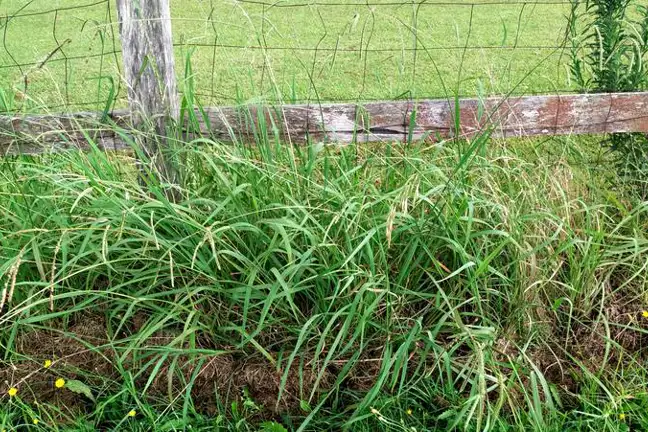
If you notice Paspalum growing in your neighbour's property, it's a good idea to (politely) ask that they too control it to help minimise the spread of seeds into your lawn and garden.
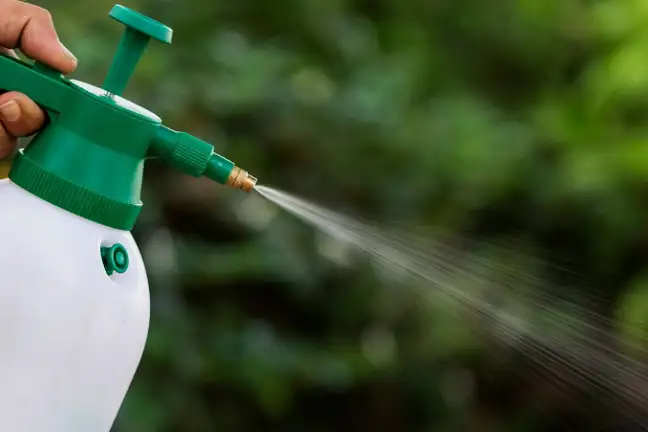
Keep a garden weeder handy, and pull a few Paspalum weeds out every now and then as you notice them. Just make sure you dig the roots out.
Apply a pine bark mulch like Yates Dynamic Lifter 4 in 1 Mulch over garden beds and around plants. Mulch helps to reduce weeds, like Paspalum, growing. The added benefits of Yates Dynamic Lifter 4 in 1 Mulch include providing a protective layer over the soil surface, helping to retain soil moisture, enriching the soil with nutrients and organic matter, and encouraging earthworms and beneficial soil microorganisms.
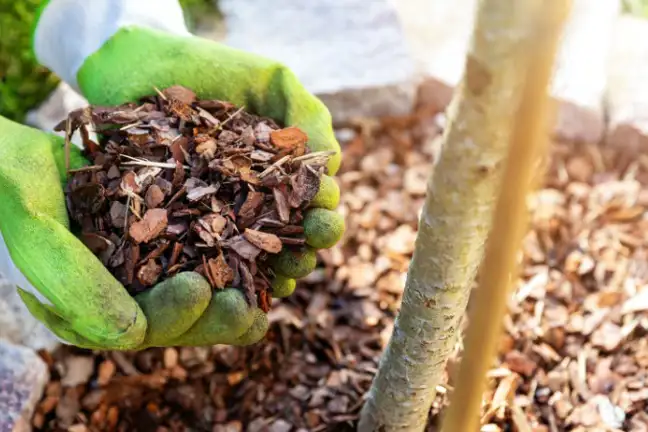
Paspalum weeds clump out as they grow, but the main way it spreads throughout the lawn and garden is by seed. Mow the lawn as soon as you notice flower stems starting to grow. You can just do a light mow if doing a proper mow is too time consuming. Paspalum flowers in spring and summer so be extra vigilant around then.
In spring and summer, cut the lawn to about 7 cm and avoid cutting any shorter.
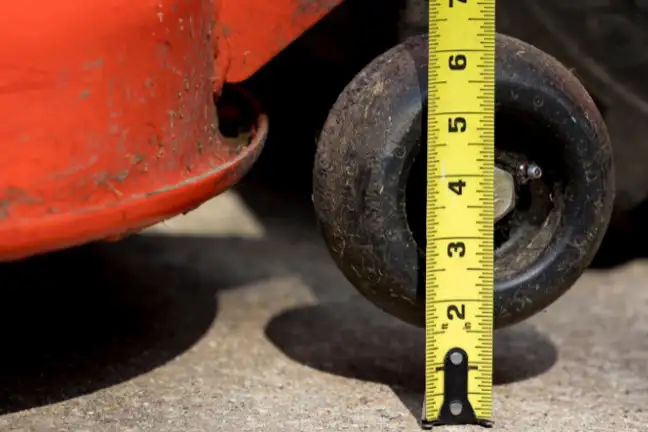
Bare patches of soil, grass that is cut too short, and thin grass gives Paspalum seeds the chance to germinate and grow. So by having a thick and healthy lawn, there is less light, water and nutrients available for new Paspalum weeds to thrive. Keep the lawn well-watered, in the warmer months mow the lawn no less than 7 cm high, and for better growth and overall lawn and soil health, feed the lawn regularly with a Yates Dynamic Lifter Lawn Food.